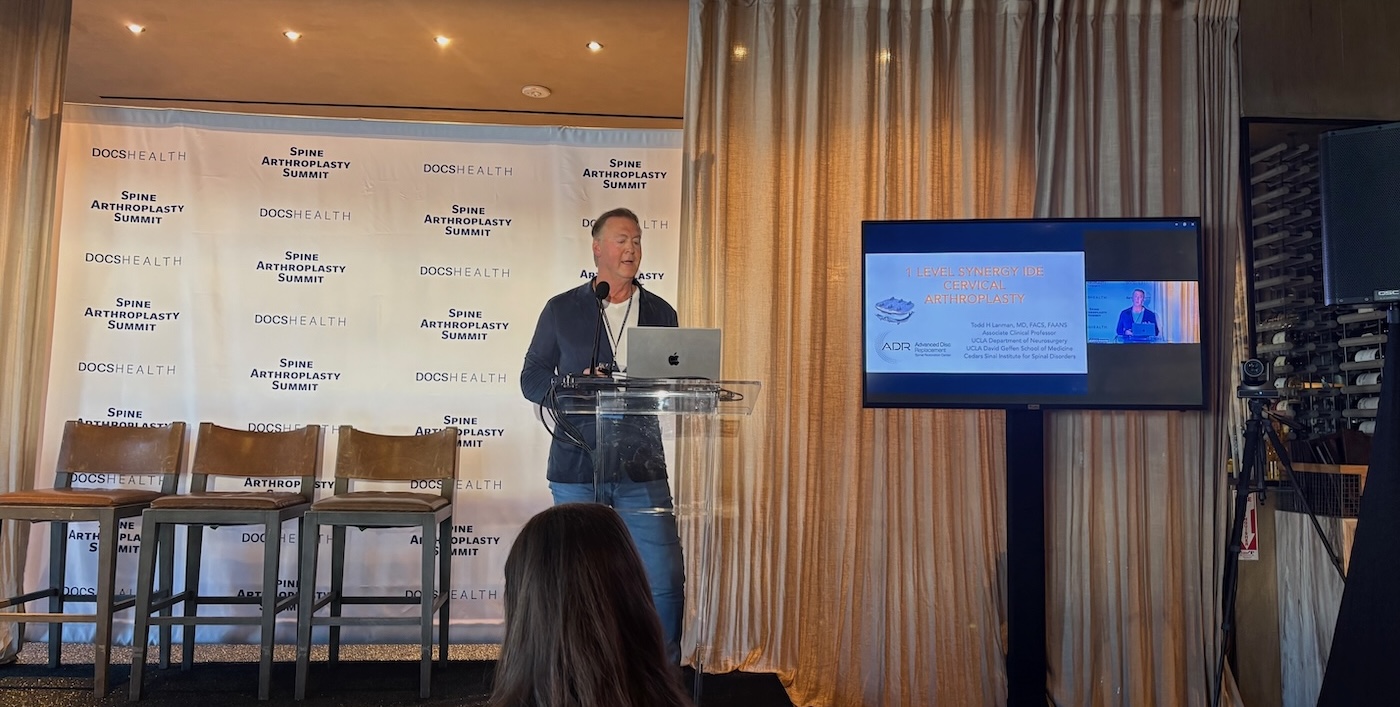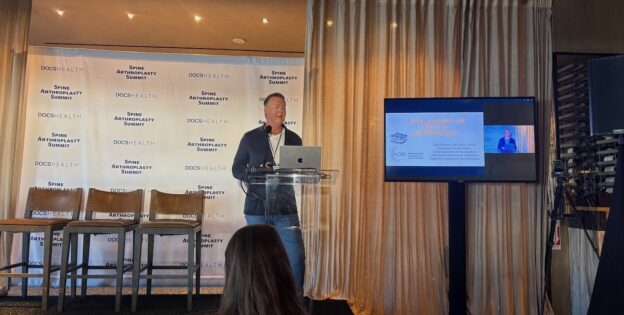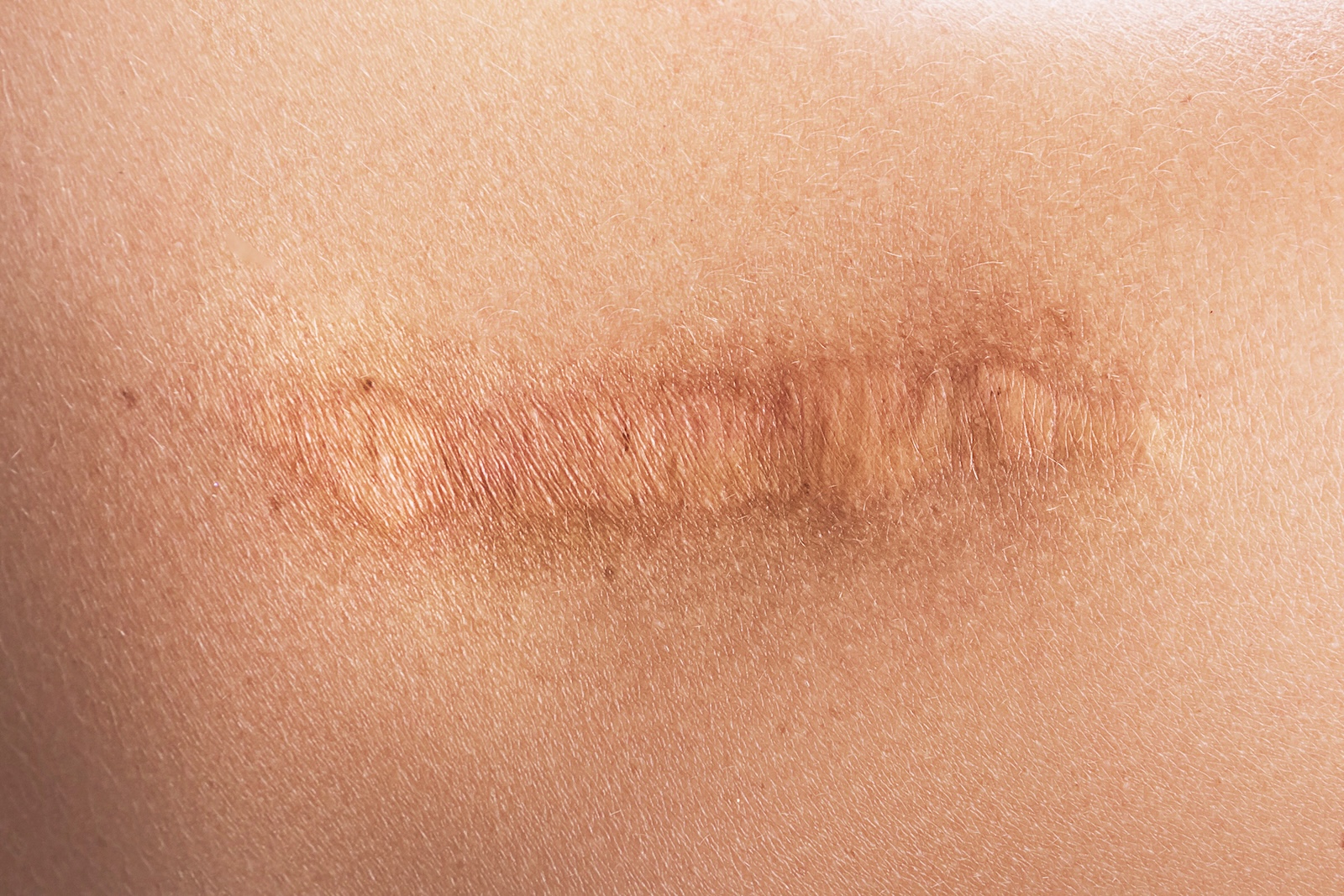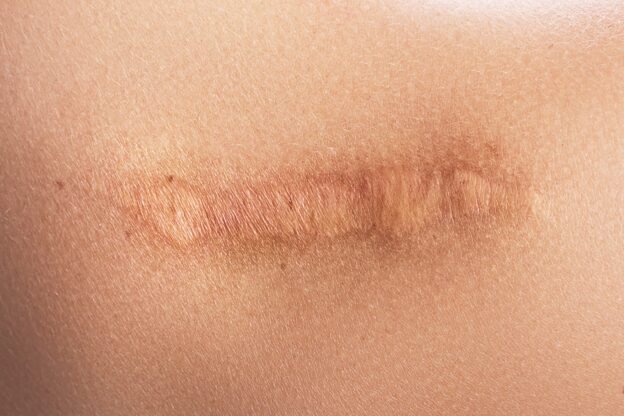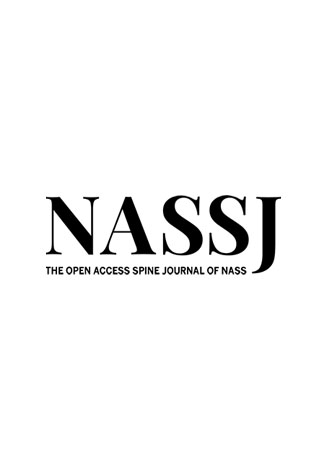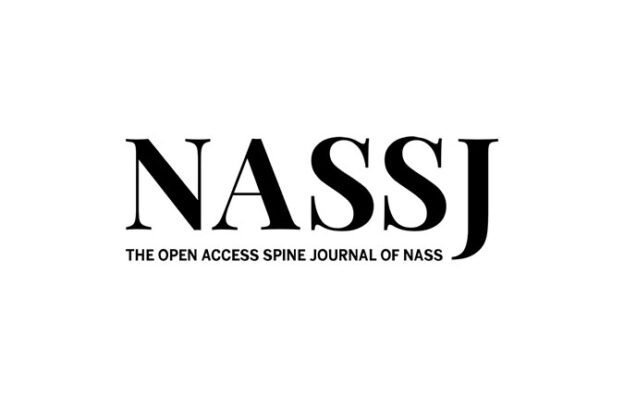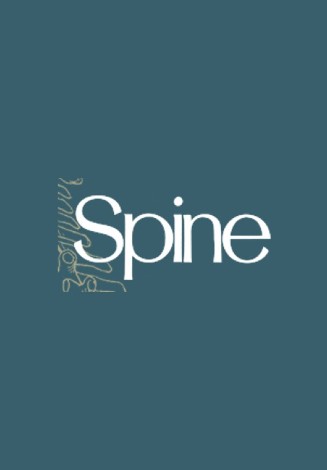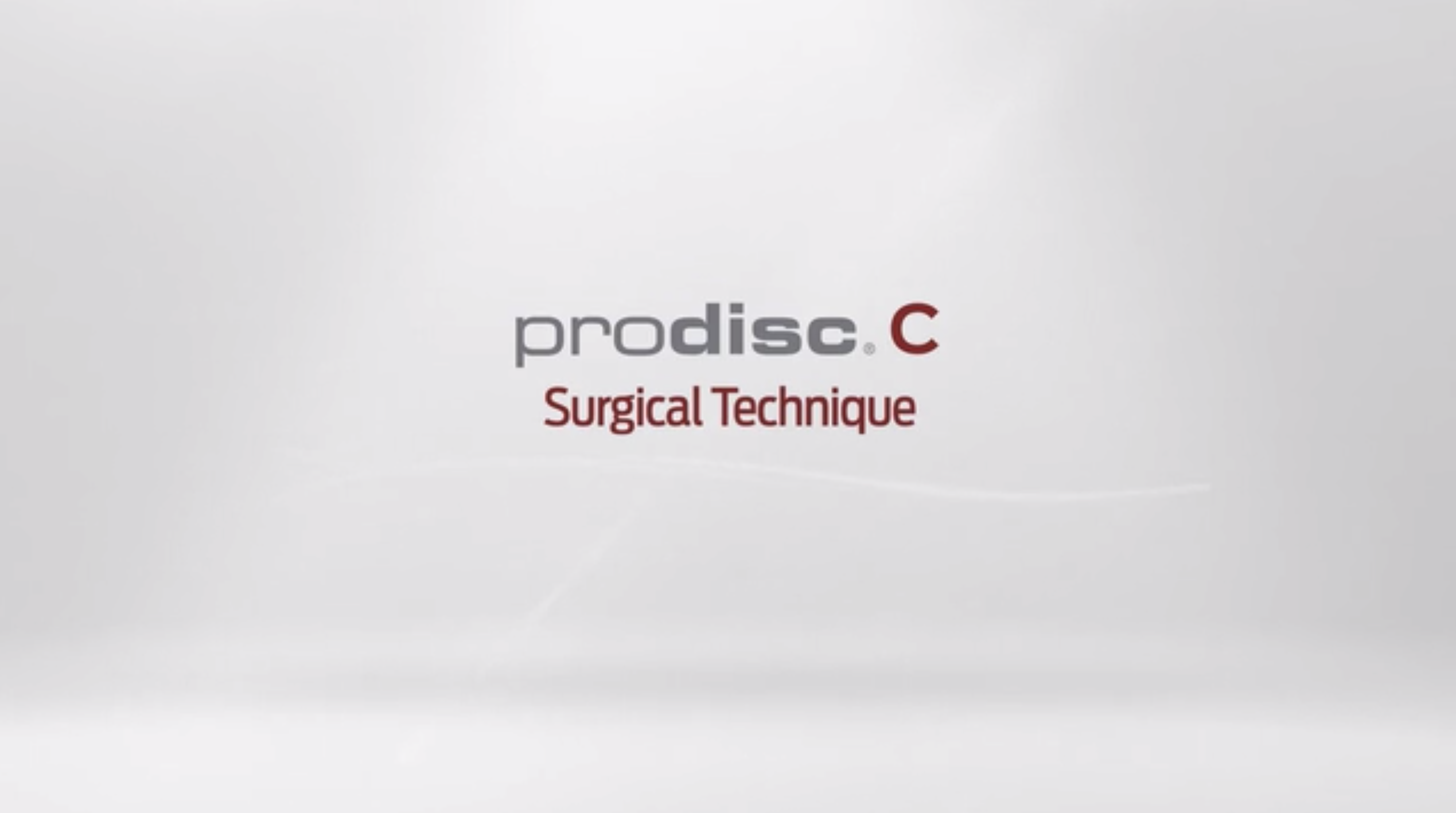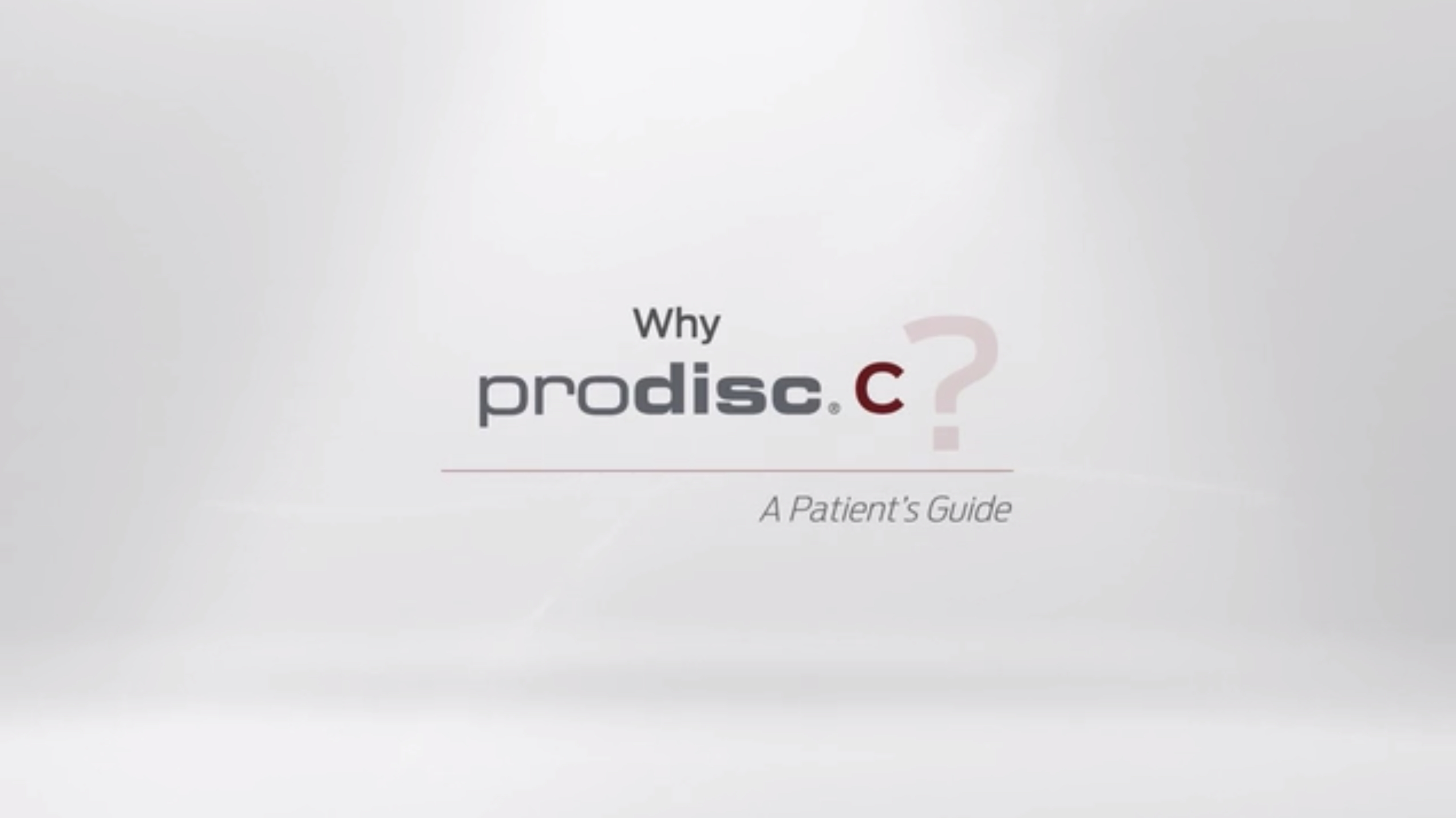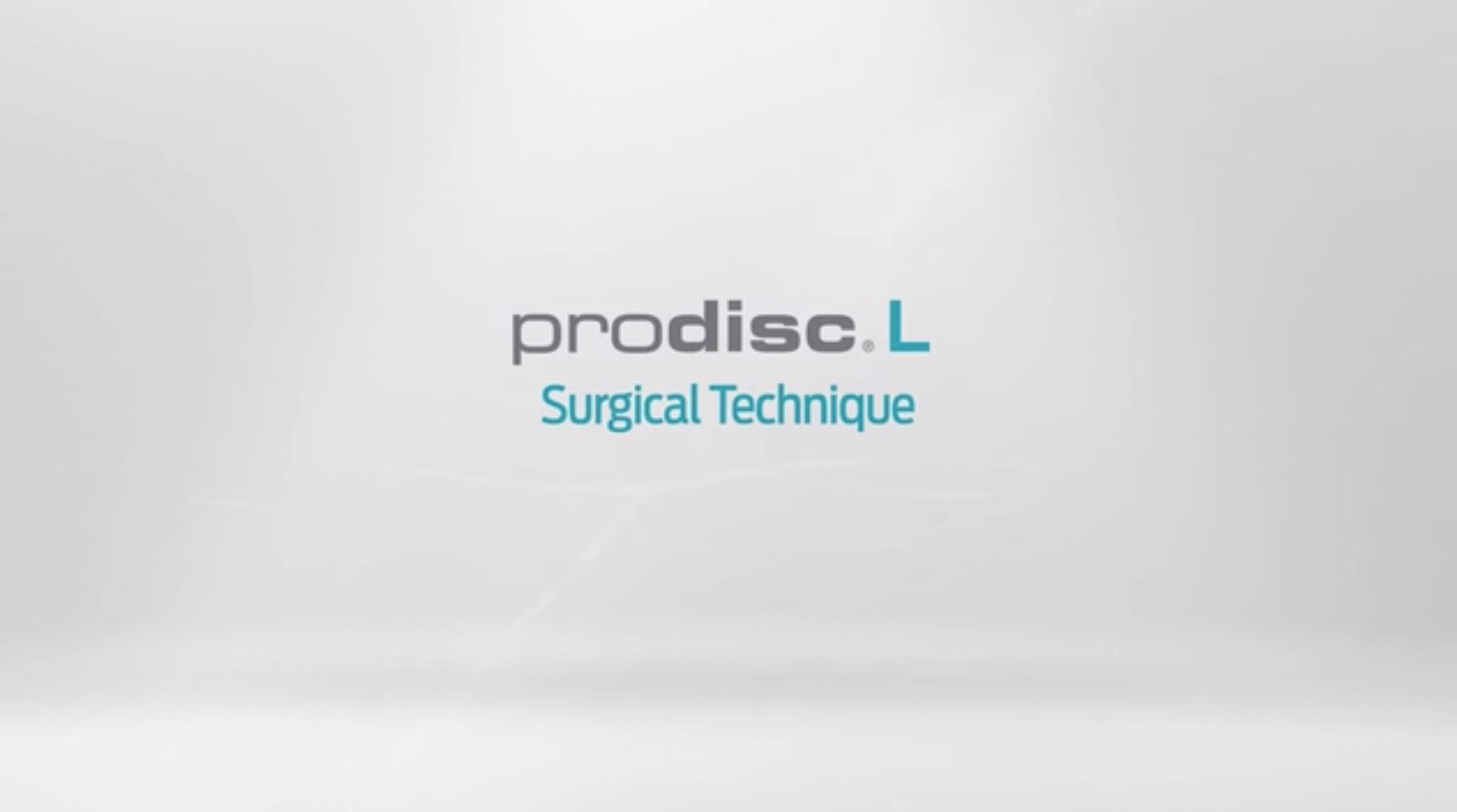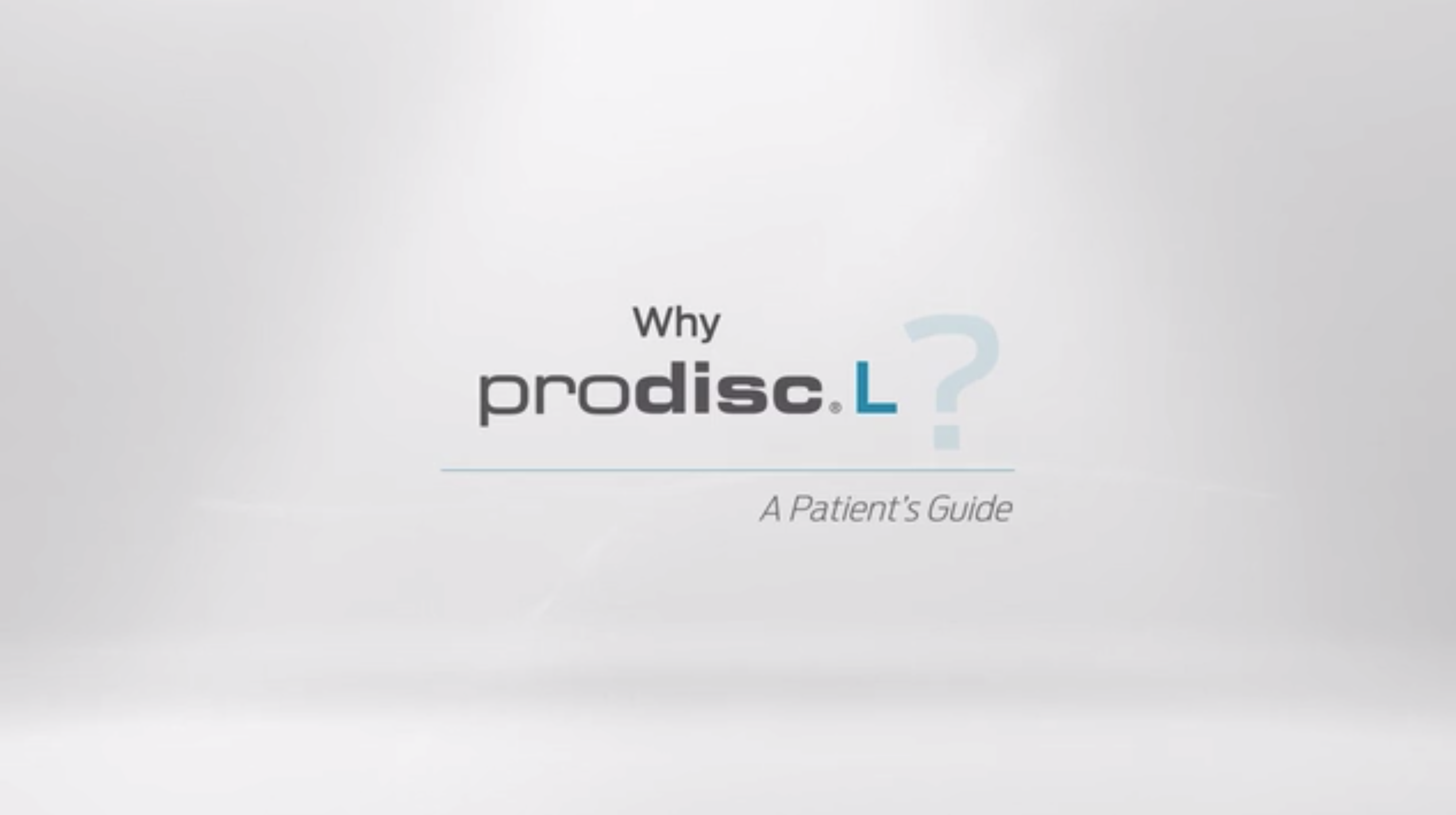Frequently Asked Questions
What is ADR?
Artificial disc replacement is a comprehensively studied approach to disc replacement that has emerged as a leading surgical procedure to treat chronic neck or back pain as an alternative to spinal fusion. Similar to how hips and knees are replaced using an artificial joint, ADR replaces a diseased intervertebral disc with an artificial joint that allows the spine to bend, flex, and rotate similar to a healthy, natural disc.
“It’s important to note that ADR is no longer considered experimental,” says Dr. Lanman, who has served as principal investigator on several ADR clinical trials. “It’s so well proven, it just doesn’t qualify as an experimental surgery any longer.”
How long does ADR last?
Whereas artificial knee and hip joints often require a replacement in 15-25 years, ADR will typically last for 70+ years without a revision. The polyethylene core is incredibly long-lasting and is designed to last a lifetime. Most sources report that artificial disc replacement lasts 10 years because this is the timeline of most clinical trial follow-ups. As these clinical trials age, we expect to see the lifespan of the discs continue to report success in patient follow-ups. Finally, the most critical component to the question of longevity is not about the material of the disc, but about the quality of the surgery itself. Working with a highly qualified and skilled surgeon to ensure that your disc is placed correctly is the factor that will determine how long your disc will last for you.
“I’ve been putting discs in for 20 years. I have yet to see one wear out or show decreased height,” says Dr. Todd Lanman. “I’ve looked at films from Europeans that have been in 35 years that show no wear. The outlook for the longevity of this technology is incredibly positive.”
What are the types of ADR?
Artificial disc replacement replaces both diseased cervical and lumbar discs. Cervical disc replacement surgery is used to resolve diseased discs causing pain in the neck, upper back, and arms or pinched nerves in the upper spine. These conditions can cause pain, numbness, tingling, or muscle weakness that extends down the arm.
In the lumbar, the 5 vertebral bones and intervertebral discs between the rib cage and pelvis. Artificial disc replacement removes a damaged disc in the lower spine and replaces it with an artificial lumbar disc. Typically, to qualify for lumbar disc replacement, a patient is experiencing specific lower back problems that are not responding to other treatments.
Who is ADR right for - and who is not a candidate for ADR?
The good news is that many people are candidates for artificial disc replacement surgery, and the best way to find out is to consult with a highly skilled and qualified spinal surgeon. This is because each patient and case are different and, where a less-qualified spinal surgeon may see a specific condition, like osteoporosis, as a disqualifying factor for surgery, a highly-experienced spinal neurosurgeon, like Dr. Lanman, will make the decision based on that patient’s unique case.
In general, but not always, patients who qualify for artificial disc replacement have severe enough back and neck pain to significantly interfere with their ability to work, pursue active hobbies, or participate in sports. They also have likely not responded to other recommended treatments for the past 6 months, including heat, maximum tolerated activity, physical therapy, oral analgesics, and/or corticosteroids. The best outcomes have been found in patients from 18-70 years old.
Patients who still may not be ideal candidates, or may need additional treatments to qualify, are those who have experienced failed spinal surgery, have osteoporosis of the spine, (retro)vertebral compression, or ankylosing spondylitis.
The only way to know for sure is to have a consultation with a spinal surgeon who is skilled and experienced in ADR.
What’s better: ADR or Spinal Fusion?
In most cases, artificial disc replacement will give patients more mobility, less recovery time, and decrease the likelihood of future surgeries than spinal fusion. In spinal fusion, the diseased vertebrae are fused together using a bony graft in order to eliminate the movement that causes pain. Unfortunately, this can greatly reduce a patient’s mobility and impact their quality of life. In spinal fusion, there is also an increased risk of adjacent disks becoming damaged and diseased.
Artificial disc replacement has a low complication rate, eliminates the need for a bone graft, allows for faster recovery, and improves the quality of life after recovery due to a better range of motion than spinal fusion surgery, combined with the elimination or reduction of back pain. For more detail on this topic, please read our comprehensive article on Disc Replacement vs. Spinal Fusion.
What is ADR surgery like, and what are the potential risks and complications of ADR surgery?
Artificial disc replacement is an advanced form of spinal surgery and, as with any surgery, there is some risk. However, the complication rate for ADR is very low and, while it is not a minimally-invasive procedure, it’s fairly straightforward when you are working with a seasoned spinal neurosurgeon like Dr. Lanman. In cervical disc replacement surgery, which is a shorter surgery than lumbar disc replacement, the procedure takes about 45 minutes to 1 hour per disc. In both cervical and lumbar disc replacement surgeries, the key is working with experienced, skilled surgeons who have approached these procedures thousands of times.
What is the recovery time from ADR surgery?
On average, artificial disc replacement recovery time is just 3-5 weeks, but it does vary from patient to patient. Most patients can return to light activities and desk work within one week, but some may not be at full activity levels for up to 3 months.
Because the vertebrae do not need to fuse together after ADR surgery, the recovery time is shorter than it is for spinal fusion.
How much does ADR cost?
Cost is an important consideration and it will come down to a variety of factors unique to your health insurance guidelines. Any spine surgery can be expensive, so it’s important to work with your insurer to understand how much they will be willing to cover, as well as the deductible and any other portion you will be responsible for. The surgery itself involves costs including:
- Facility cost
- Operating Room (OR) time
- Surgeon Fee
- Anesthesiologist fee
Additionally, you may have costs associated with:
- Radiology studies (CT and MRI)
- Pre-op physical, bloodwork
- Recovery time in hospital
- Time off work for recovery
How do you select the right surgeon?
This is the most important question of all! Finding the right surgeon for your artificial disc replacement is the most critical component to the success of your surgery. We recommend speaking to more than one surgeon before making a decision and suggest asking them the following questions. Remember, no reputable surgeon should feel threatened if you ask for a second opinion - that is your right as a patient and it is prudent, particularly when it comes to something as important as your spine.
The surgeon performing your artificial disc replacement should have extensive experience in this field. For reference, Dr. Lanman has been a spinal neurosurgeon for over 30 years, has 20 years of experience with artificial disc replacement, and has performed over 5,000 ADR surgeries. These numbers are important as you want to be sure your surgeon has the skills and experience to give you the lasting relief and results you are looking for. Take note of how much the surgeon wants to know about you, your goals, and your lifestyle. It’s important to consider the patient comprehensively and take into consideration their full health picture from nutrition to exercise to lifestyle habits like sleep and stress reduction. We call this 4D Health - and it’s central to our approach.
Here are a few questions to ask the surgeons you interview:
- Are you an orthopedic surgeon or neurosurgeon?
- Are you a dedicated Spine Surgeon?
- Are you certified by the American Board of Neurological Surgery or the American Board of Orthopedic Surgery?
- Do you specialize in Artificial Disc Replacement?
- Do you perform both cervical and lumbar ADR and cervical and lumbar Spinal Fusion?
- How many disc replacements have you performed? (50 or more ADRs is optimal)
- What is your complication rate, and how does that compare to published reports?
- What type of anesthesia will be administered (patients who cannot tolerate general anesthesia may not be good candidates for ADR)
- What pain control will be administered after the surgery? If opioids, when can they be substituted for non-opioid pain medication?
- What will my recovery be like? What is the difference in recovery between ADR and Spinal Fusion?
Ready to reclaim your life? Get in touch with Dr. Lanman Today.
FOLLOW US ON SOCIAL MEDIA | @ADRSPINE


